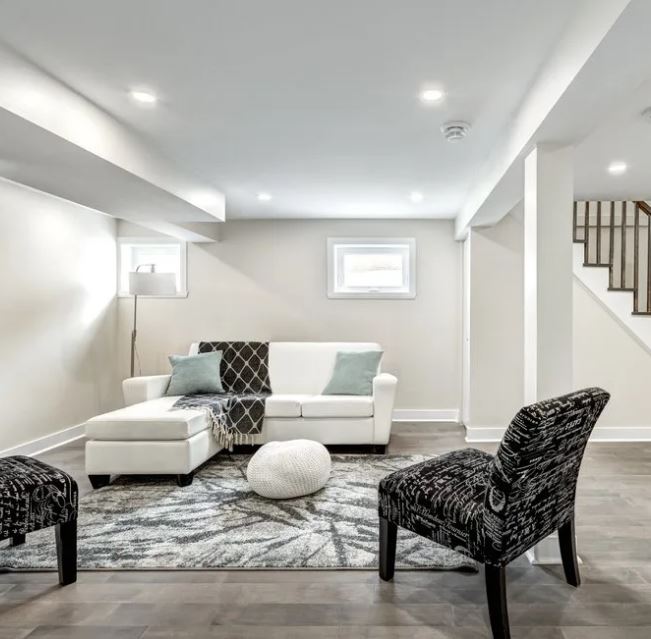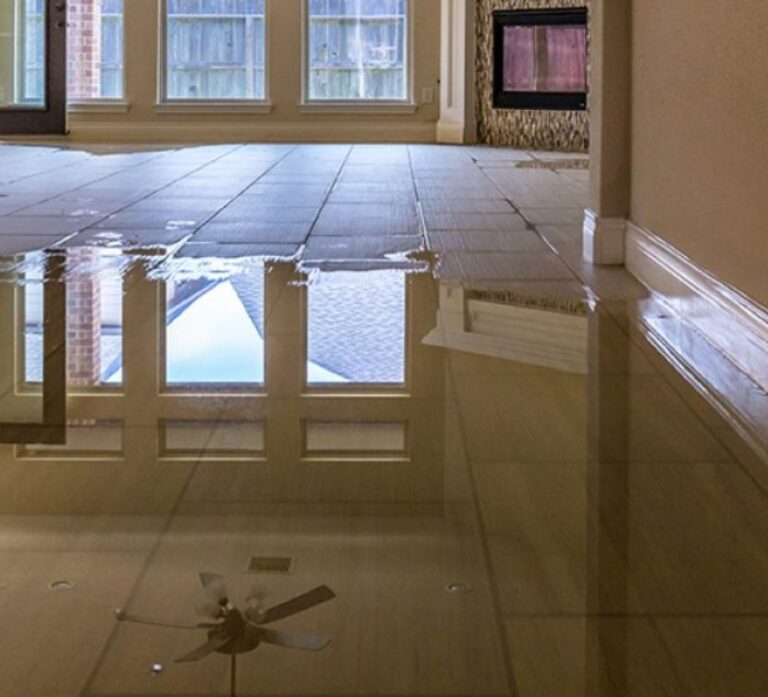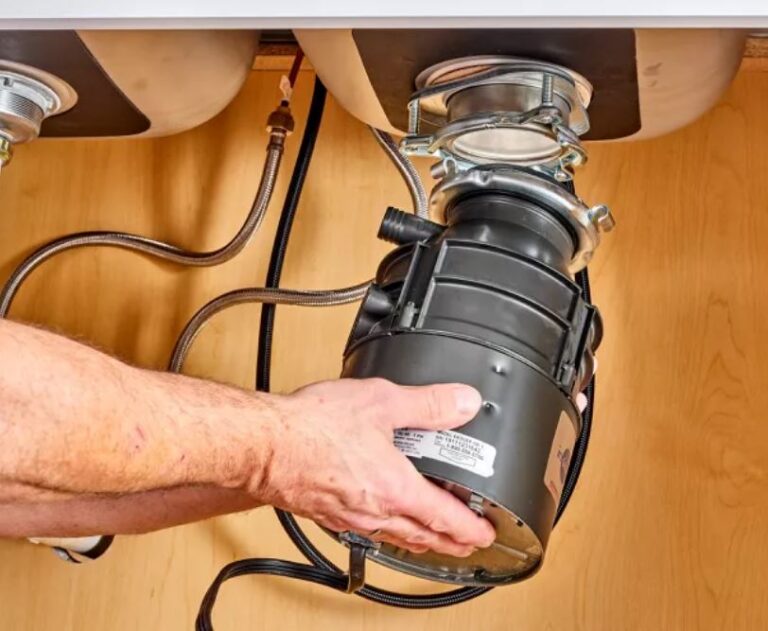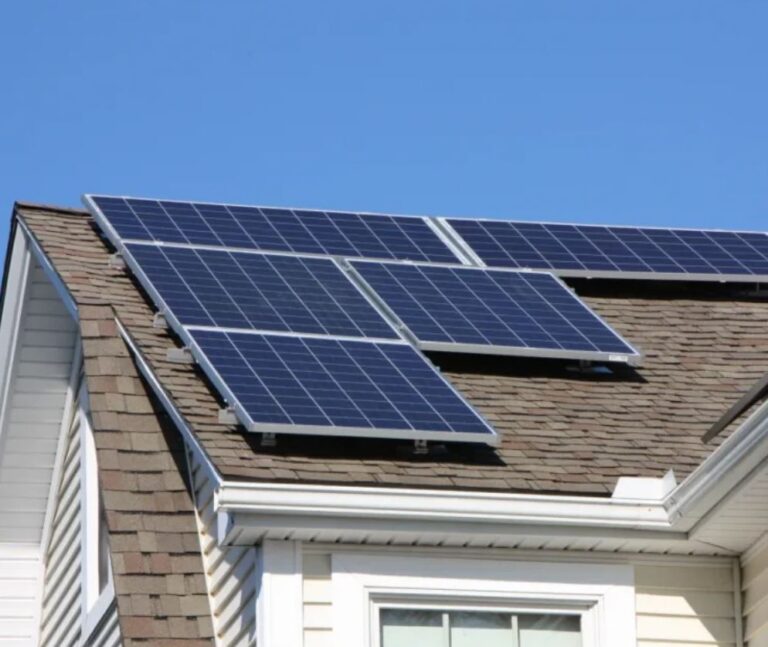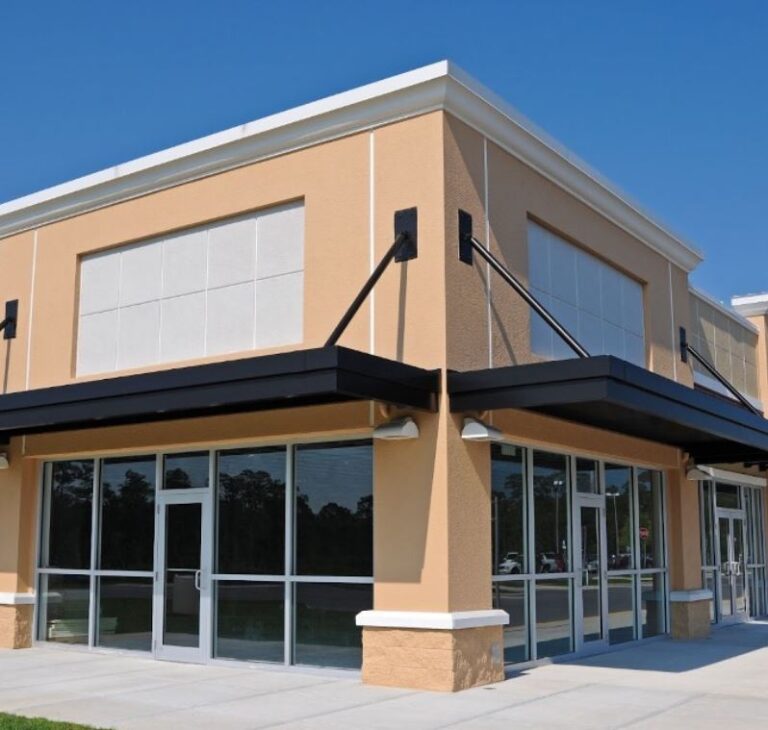Does Basement Underpinning Increase Home Value?
When it comes to home improvement projects, homeowners are always looking for ways to boost their property’s value. One project that often sparks curiosity—and debate—is basement underpinning. But what exactly is basement underpinning, and does it really increase your home’s value? Let’s dive into the details and explore whether this investment is worth your time and money.
What Is Basement Underpinning?
Basement underpinning is a structural process that involves strengthening or deepening the foundation of a home. This is typically done to increase the ceiling height of a basement, create additional living space, or stabilize a foundation that has become compromised over time. The process involves excavating the existing foundation and extending it downward, often by several feet, to create a more functional and usable space.
Underpinning is a major undertaking that requires professional expertise, as it involves working with the very foundation of your home. It’s not a DIY project, and it’s not cheap—but it can have a significant impact on your property.
The Benefits of Basement Underpinning
Before we discuss whether underpinning increases home value, let’s look at the benefits it offers:
- Increased Living Space: One of the most obvious benefits of underpinning is the creation of additional usable space. A deeper basement can be transformed into a cozy family room, a home office, a gym, or even a rental suite. This added functionality can make your home more appealing to potential buyers.
- Improved Structural Integrity: If your home’s foundation is showing signs of wear or damage, underpinning can stabilize it and prevent further issues. This not only protects your investment but also gives buyers peace of mind.
- Higher Ceilings: Many older homes have basements with low ceilings that feel cramped and unwelcoming. Underpinning can raise the ceiling height, making the space feel more open and inviting.
- Enhanced Aesthetics: A finished, underpinned basement can significantly improve the overall look and feel of your home. It’s an opportunity to modernize the space and add features like recessed lighting, polished floors, and stylish finishes.
- Potential for Rental Income: If you’re able to create a separate living space with its own entrance, you could generate rental income. This is a major selling point for buyers looking for an investment property.
Does Basement Underpinning Increase Home Value?
Now, let’s address the big question: Does basement underpinning actually increase your home’s value? The short answer is yes—but with some caveats.
1. Location Matters
The impact of basement underpinning on home value largely depends on where you live. In urban areas where space is at a premium, adding usable square footage to your home can significantly boost its market value. For example, in cities like Toronto or New York, where basements are often used as living spaces, underpinning can be a game-changer. In rural areas, however, the return on investment may be less pronounced.
2. Quality of the Renovation
Simply underpinning your basement won’t automatically increase your home’s value. The key lies in how you use the additional space. A well-designed, finished basement with modern amenities will add far more value than a dark, unfinished storage area. Buyers are willing to pay a premium for move-in-ready homes, so it’s worth investing in high-quality finishes and thoughtful design.
3. Market Trends
Real estate markets are constantly evolving, and buyer preferences play a significant role in determining home value. In recent years, there’s been a growing demand for flexible living spaces, such as home offices, gyms, and in-law suites. If your underpinned basement meets these needs, it can make your home more attractive to buyers and increase its value.
4. Cost vs. Return
While underpinning can increase your home’s value, it’s important to consider the cost of the project. On average, basement underpinning can cost anywhere from 50,000to50,000to100,000 or more, depending on the size of your home and the complexity of the project. In most cases, you can expect to recoup 70% to 80% of the cost when you sell your home. While this may not be a 100% return, the added functionality and appeal can make your home sell faster—and for a higher price.
Factors to Consider Before Underpinning Your Basement
Before you decide to move forward with basement underpinning, here are a few factors to keep in mind:
- Permits and Regulations: Underpinning is a major structural change, so you’ll need to obtain the necessary permits and ensure the work complies with local building codes.
- Hire a Professional: This is not a project to cut corners on. Hire a reputable contractor with experience in underpinning to ensure the job is done safely and correctly.
- Timing: Underpinning can take several weeks or even months to complete, so plan accordingly if you’re thinking of selling your home in the near future.
- Budget: Be realistic about your budget and factor in additional costs like finishing the space, adding plumbing or electrical work, and addressing any unforeseen issues that may arise during the project.
The Bottom Line
Basement underpinning can be a worthwhile investment if done correctly. It not only increases your home’s usable square footage but also enhances its structural integrity and aesthetic appeal. While the upfront cost can be significant, the potential return on investment—especially in high-demand markets—makes it a compelling option for homeowners looking to boost their property’s value.
However, it’s important to approach this project with careful planning and realistic expectations. Work with experienced professionals, invest in quality finishes, and consider how the additional space will meet the needs of potential buyers. When done right, basement underpinning can transform your home into a more functional, attractive, and valuable property.
So, if you’re sitting on a cramped, underutilized basement, it might be time to dig deeper—literally. Your home’s value—and your quality of life—could thank you for it.

